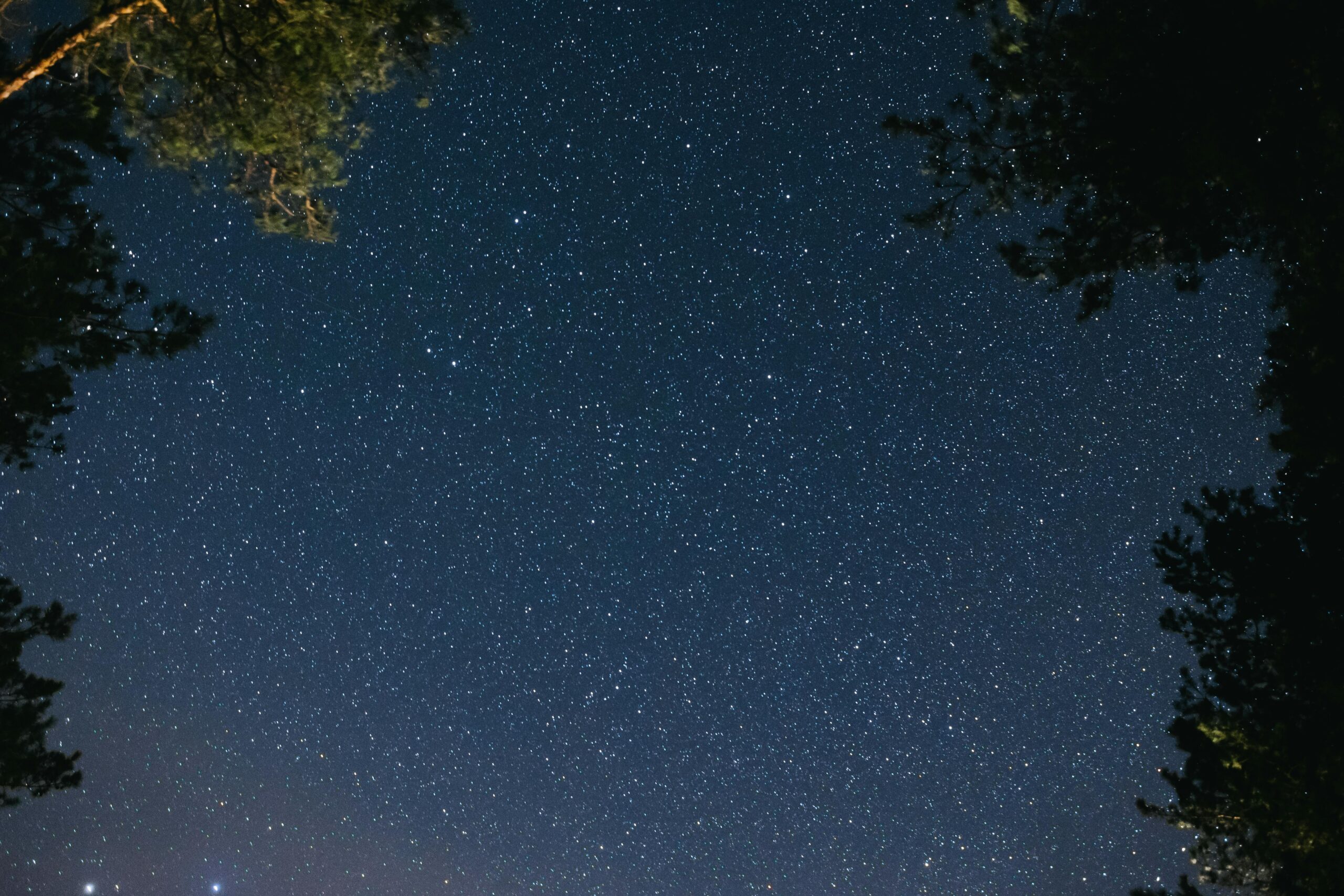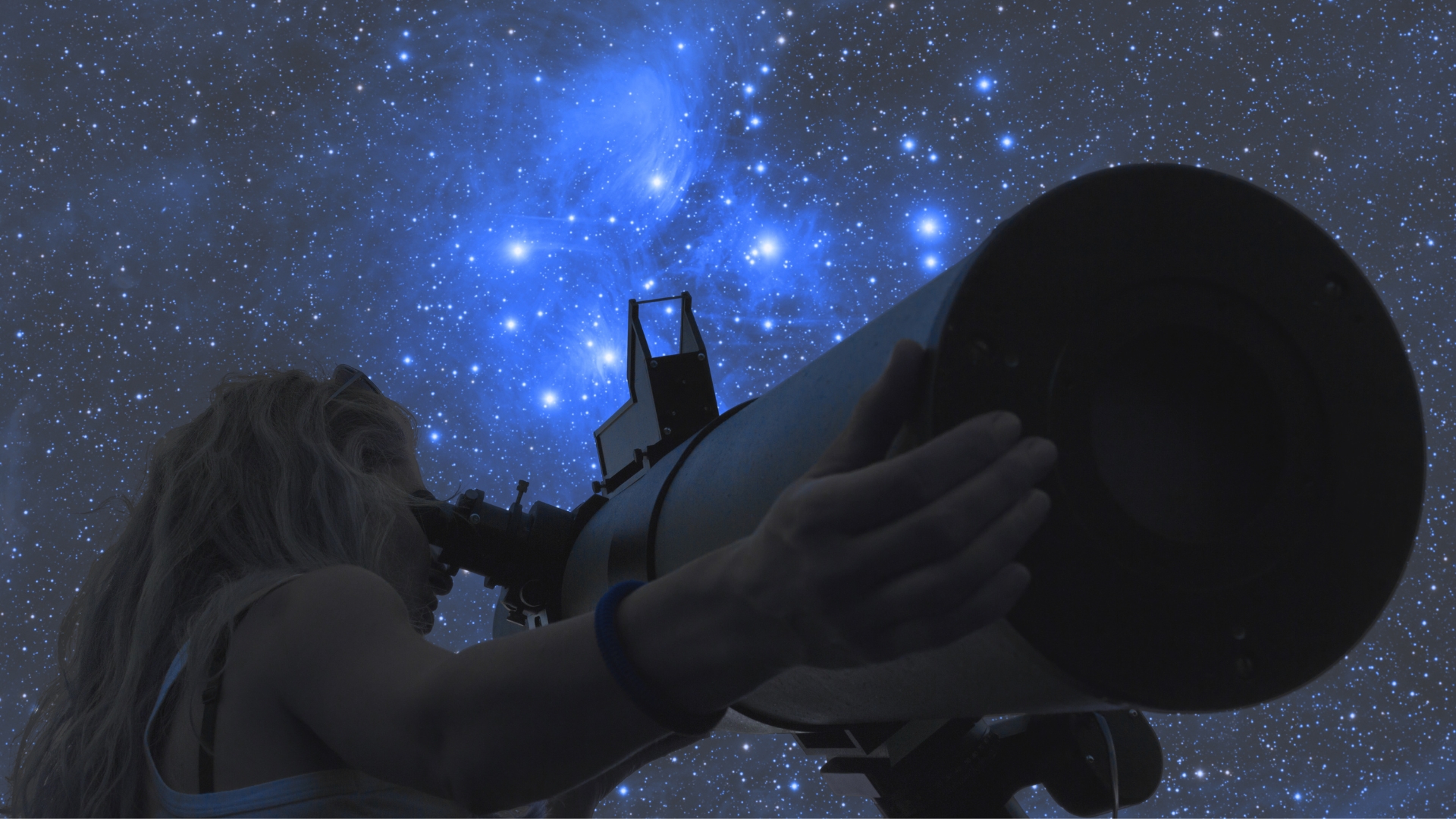Could Earth Have a Second Moon?
The discovery of celestial bodies near Earth often sparks excitement, curiosity, and sometimes even confusion about the possibility of a second moon. One such recent discovery, 2024 PT5, has reignited[…]
by Harshit Stargazing Expert
May 12, 2024

The Milky Way galaxy is a vast stellar system that contains our solar system, along with billions of other stars, planets, nebulae, and other celestial objects. It’s a barred spiral galaxy with a central bar-shaped structure composed of stars, with spiral arms extending outward from the bar. Our solar system is located in one of the spiral arms, about two-thirds of the way out from the center. The Milky Way is just one of billions of galaxies in the observable universe.
Stargazing has fascinated humans for millennials, and one of the most awe-inspiring sights in the night sky is the Milky Way. However, to catch a glimpse of this celestial marvel, timing is crucial. Let’s explore the perfect months for stargazing and witnessing the Milky Way in all its glory across the Indian skies.
Ideal months for observing the Milky Way in India typically span from March to September. During this period, the night skies tend to be clearer with less atmospheric interference, offering optimal conditions for stargazing.
As the Indian subcontinent transitions from winter to summer, the weather becomes more favorable for stargazing. March marks the beginning of this period, with progressively warmer temperatures and clearer skies. By April and May, many regions experience relatively dry weather, reducing the chances of cloud cover and enhancing visibility.
The monsoon season in India usually begins in June and extends through September. While this might seem counterintuitive for stargazing, there are still opportunities to catch glimpses of the Milky Way between rain showers. Moreover, some regions, especially in southern India, experience breaks in the monsoon rains, providing windows of clear skies for stargazing enthusiasts.
While the months from March to September offer prime conditions for Milky Way viewing in India, several factors can influence the experience:
The Ladakh region in India offers some of the clearest and darkest skies, making it an exceptional destination for stargazing and observing the Milky Way. The best time to see the Milky Way in Ladakh is typically during the summer months, starting in May and lasting until September.
The best time to see the Milky Way from Sariska would generally be during the cooler, drier months of the year, typically from October to March. During this period, the weather has optimum conditions with clearer skies, reducing the likelihood of cloud cover and atmospheric interference.
Stargazing in India offers a remarkable opportunity to connect with the cosmos and witness the beauty of the universe. From March to September, enthusiasts can venture out into the night and marvel at the splendor of our galaxy. By choosing the right location, keeping an eye on the weather, and considering lunar phases, one can make the most of these perfect months for Milky Way viewing in India. So pack your telescope, find a dark spot away from city lights, and prepare to be mesmerized by the celestial wonders above.





The discovery of celestial bodies near Earth often sparks excitement, curiosity, and sometimes even confusion about the possibility of a second moon. One such recent discovery, 2024 PT5, has reignited[…]
Introduction Comets have long captivated our imaginations, and this October, skywatchers are in for a treat with the appearance of C/2023 A3 (Tsuchinshan-ATLAS). This remarkable icy visitor from the outer[…]
To: The Universal Galactic Council From: Planet Earth, Number third from the Sun [caption id="attachment_3885" align="alignnone" width="300"] Credit- istock[/caption] Dear Esteemed Members of the Council, I hope this letter finds[…]
Stargazing connects us with the universe, and with the right knowledge and tools, even beginners can enjoy this amazing experience. Here's a quick guide to start your stargazing journey. Choosing[…]
Get exclusive access to freebies and news. We don’t spam, rent or sell your email. See our Privacy Policy.